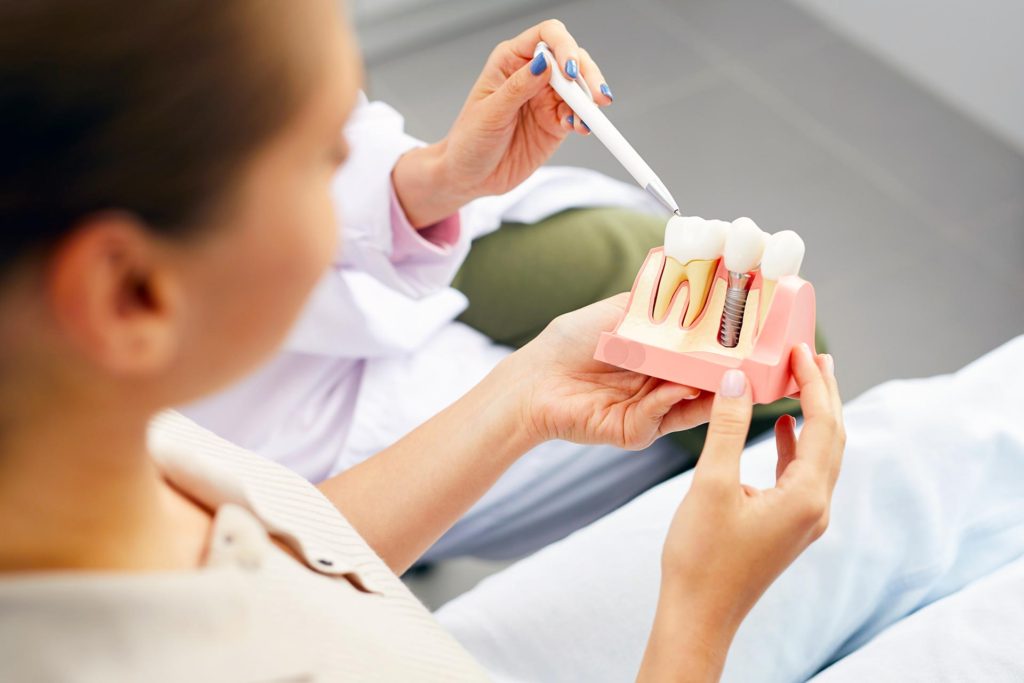
Root canal treatment is a procedure in which the infected or inflamed tissue inside the tooth is cleaned and the root canals are filled. This treatment is usually performed to eliminate severe pain. However, some patients may experience pain at different levels after the procedure. Is this always a cause for concern?
It is quite normal to experience mild to moderate pain within the first 2-3 days immediately following root canal treatment. This pain is a natural response from the body to the healing process in the treated area. The pain may be slightly more pronounced in teeth that have previously developed an infection or if a large amount of local anesthesia was administered during the treatment.
For example, in a patient who experiences no pain immediately after treatment, throbbing pain may begin on the second day. This may be due to increased sensitivity of the nerve endings in the area as the effects of the anesthesia wear off. If the jawbone and surrounding tissues have been affected by the procedure, this may also cause the pain to spread to neighboring teeth and facial nerve pathways.
Sometimes the pain may be due to improper closure (high filling), muscle strain caused by keeping the mouth open too wide, or trauma at the injection sites. In such cases, the situation can be managed by readjusting the filling or providing temporary medication support. Pain felt during chewing is often caused by closure issues.
However, if the pain persists for more than 4-5 days, continues severely, or is accompanied by symptoms such as swelling, fever, or fatigue in the facial area, this may be a sign of a complication. In such cases, it may be assessed that the infection is ongoing or that the root canal treatment was not sufficiently successful. Radiographic examination and, if necessary, re-endodontic intervention may be required.
In rare cases, inflammatory reactions called “flare-ups” may occur after treatment, caused by debris that has overflowed to the root tip during the procedure. In such cases, steroid or anti-inflammatory treatments may be temporarily recommended. In addition, pain associated with the jaw muscles or temporomandibular joint (TMJ) should not be overlooked.
The goal of root canal treatment is to eliminate pain. However, this may not occur immediately after treatment. Patience is required, the nature of the pain should be monitored, and the dentist should be contacted again if necessary. Each individual’s healing process is different, and the dentist’s guidance is of great importance during this process.





